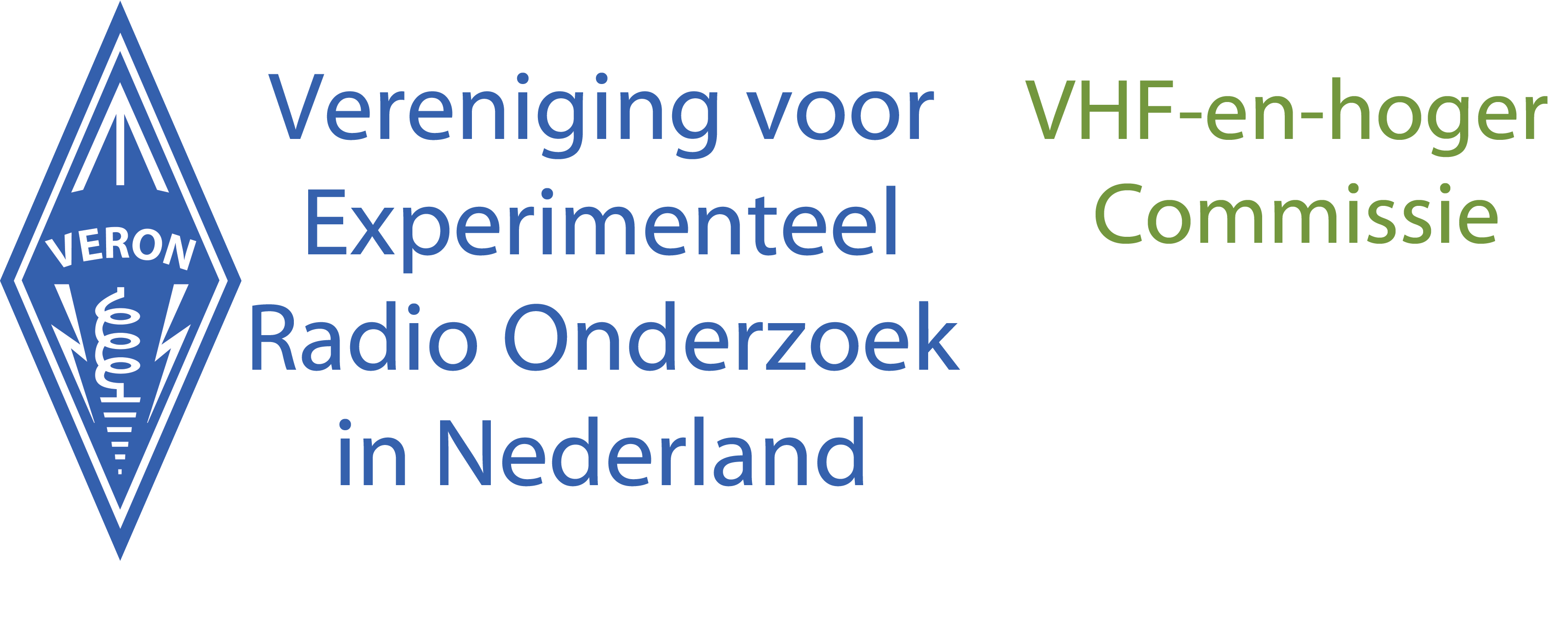Op vrijdag 10 maart volgt er weer een ARISS schoolcontact. Dit keer met een school in Komotini, Griekenland.
Het contact tussen Shane Kimbrough, KE5HOD, en SV7APQ in de 3rd Junior High School in Komotini wordt in teh engels gehouden en is in een groot deel van Europa te volgen op 145,800 MHz (+/- doppler).
Er is dit keer geen rechtstreeks tv beeld vanuit ISS gepland, maar via youtube is de activiteit in de school ook te volgen.
Klik hier voor een directe link.
Hieronder volgt een beschrijving van de school en de vragen die door de scholieren gesteld gaan worden.
73’s
Bertus, PE1KEH
School presentation
The 3rd Junior High School of Komotini is one of the 13 schools of Secondary Education that operate in Komotini, a city in the Region of Eastern Macedonia and Thrace, in the north-east of Greece. Our school is one of the oldest in the Municipality of Rodopi. The current building was constructed in 1992. Its a relatively new building with 16 classrooms, and laboratories for Computer Science, Physics, Chemistry, Biology, Music rooms, multiple-function rooms and a fully-equipped library. There are approximately 350 registered students (age 12-15), and 38 teachers of different fields in our school.
One of the main characteristics of our school is its multi-cultural character. 25% percent of our students come from repatriated Greek families who lived for about a century in countries of the Former Soviet Union (Russia, Georgia, Armenia, Ukraine, etc) and came back to Greece in 1990 after the collapse of the regime in the countries of Eastern Europe. These students speak both the Greek and the Russian language fluently. 16% percent of our students are Muslims. The existence of a Greek Muslim minority in Thrace has been recognized internationally since 1922. Among them, there is a significant number of Pomaks and Roma students.
There are integration classes for students with special educational needs and learning disabilities taught by teachers of Special Education.
Additionally, every year many national educational programmes, such as Environmental Education, Health Education, Consumer Education and many Cultural programmes (music, dance, theatre, art, radio, astronomy) are implemented. Our school also has a very active cycling club. Students go on various educational trips every year, visiting other parts of Greece and expanding their learning skills and abilities.
Participants will ask as many of the following questions as time allows:
1. Nikos (14): What is the most challenging problem of living in space?
2. Elena (14): Can you see the moon closer from Earth, is it different?
3. Kostantinos (15): How do you stabilize the food on the table?
4. Setsil (15): How often do you do extravehicular activity?
5. Georgia (15): Is it very difficult to become an astronaut?
6. Kiriaki (15): Do you have sufficient oxygen in ISS?
7. Magda (15): If you had just one wish to become true for your job what would it be?
8. John (15): If a member of the crew is injured can you give him first aid?
9. Gabriela (15): When you come back to earth, is it easy for you to walk?
10. Erifili (15): Which is the difference between day and night in Earth and in Moon?
11. Andreas (15): What is the main target of your expedition?
12. Fotis (15): Can you see meteor showers from space?
13. Chistina (14): Have you ever seen a comet from space?
14. Maria (15): How long did the preparation for this expedition last?
15. Alexandros (15): How many hours do you work, do you have shifts?
16. Paris (15): What is the most extreme procedure of your expedition?
17. Maria-Despoina (15): What is your favorite food in space?
18. Dimitris (14): How old were you when you decided to become an astronaut and what was the motive of your decision?
ARISS is an international educational outreach program partnering the volunteer support and leadership from AMSAT and IARU societies around the world with the ISS space agencies partners: NASA, Russian Space Agency, ESA, CNES, JAXA, and CSA.
ARISS offers an opportunity for students to experience the excitement of Amateur Radio by talking directly with crewmembers on board the International Space Station. Teachers, parents and communities see, first hand, how Amateur Radio and crewmembers on ISS can energize youngsters’ interest in science, technology, and learning.

